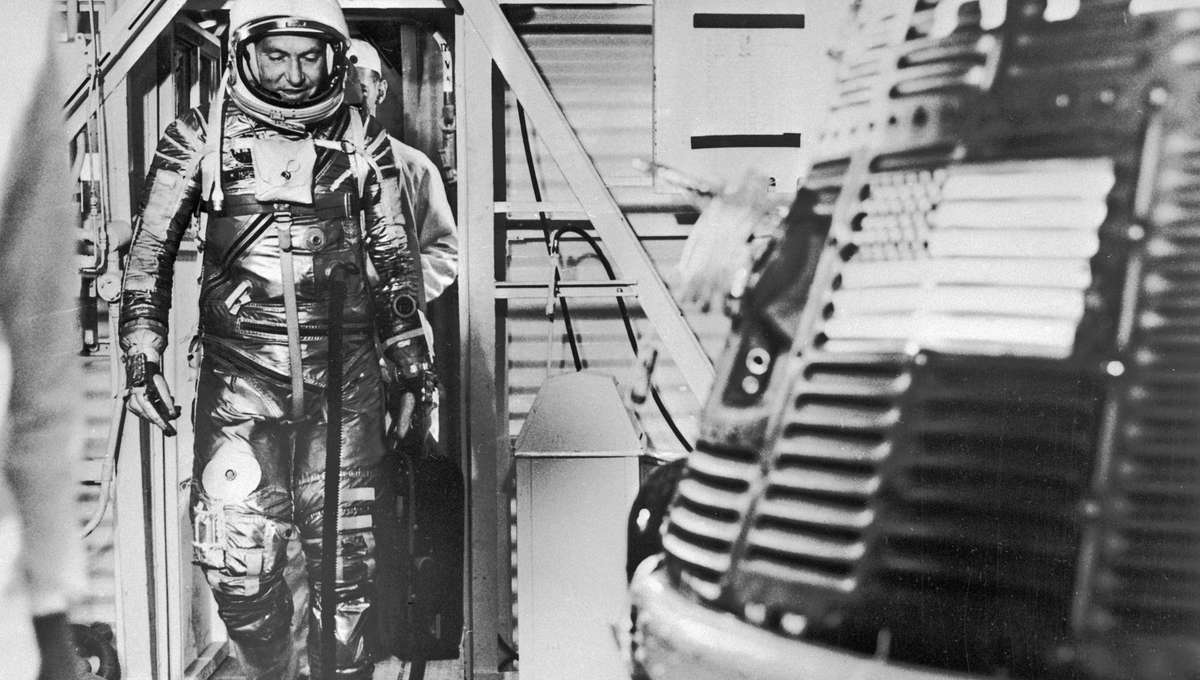What did people do before air conditioning?
They sweltered. They sweated. They complained. They cursed. And they tried to get through it.
Air conditioning is something we take for granted now. Especially in heat waves like this summer’s — when the temperature in parts of New Jersey has hovered at 100 degrees for days at a time.
But in fact, most of us sweat it out by not sweating it out.
At home, we crank up the AC. We commute in air-conditioned cars to offices with central air. At most, we suffer a minute’s discomfort, as we walk from the parking lot to the cool of the elevator. A key trait of our brave new air-conditioned world is that most of us sit out a heat wave indoors.
It was just the other way around for most of human history.
Heat brought people outside — to congregate, not only at the park or the seashore, but also to city stoops, where they sat chatting with their neighbors and fanning themselves. And every conversation began the same way. “Hot enough for you?”
More:Newark is one of worst heat islands in the country. One community has nearly no trees
This was the tableau that began the 1929 Pulitzer Prize-winning play “Street Scene” by Elmer Rice. Everyone is sitting on the steps of the tenement, or leaning out of the open windows. Everyone is complaining about the weather. In 1947, an opera version, with music by Kurt Weill and lyrics by Langston Hughes, turned the cliches into poetry.
“A heat like this I don’t remember.” “We’ll all be wishin’ for this in December.”
“My dog Queenie is just draggin’ roun’, Her tail ain’t waggin’, just hangin’ down.”
“Ain’t it awful, the heat,” everybody moans.
Making the best of it
“We kids would jump onto the back steps of the slow-moving, horse-drawn ice wagons and steal a chip or two,” playwright Arthur Miller recalled in a 1998 reminiscence in The New Yorker. “The ice smelled vaguely of manure but cooled palm and tongue.”
The hallmark of Miller, Rice and other “realist” playwrights — their ID card, so to speak — was the guy in the undershirt. Where would Stanley Kowalski be with air conditioning?
“Given the heat, people smelled,” Miller recalled. “But some smelled a lot worse than others.”
Folks slept on fire escapes. They bought tickets for the ferry and the trolley, riding endlessly back and forth — just for the breezes. Kids opened fire hydrants. In particular, people went to the movies. “Air cooled!” signs used to advertise in huge, frosty letters. People would buy tickets for the Orpheum or the Paradise and happily sleep through four or five showings. “We don’t sell tickets to movies, we sell tickets to theaters,” said showman Marcus Loew.
In big cities, people used to congregate by the hundreds in places like Central Park, with blankets and alarm clocks, to spend the night. “Babies cried in the darkness, men’s deep voices murmured, and a woman let out an occasional high laugh beside the lake,” Miller recalled. You can see such a scene in Barry Levinson’s 1990 movie “Avalon.”
A long time coming
Necessity, in short, was the mother of air conditioning.
People have been working on it for centuries. Rudimentary air cooling techniques were known to the ancient Egyptians. In the 1500s, some European noblemen had subterranean air-cooled rooms for their guests. One such room almost killed the great scientist Galileo Galilei, who was 29 when he fell asleep in the “Sala dei Venti” (“wind room”) of the Count da Trento near Vicenza in 1593. He awoke with cramps, chills, fever, hemorrhages. For the rest of his life, he felt the pain on damp nights when he stayed up looking through his telescope.
More:Every city has its own skyline. In Newark, it’s all about the flags
More:Empire State Building, a symbol of optimism and resilience, turns 90
In America, scientists starting with Benjamin Franklin were working on the air-cooling problem, throughout the 18th and 19th centuries. However, it wasn’t until 1931 that H.H. Schultz and J.Q. Sherman developed the prototype “window ledge” air conditioner that was to make such a change in American life.
And even that didn’t start to become commonplace until the 1950s and ’60s. Most people, for a long time, still used electric fans. As late as 1964 (“Up on the Roof”) and 1966 (“Summer in the City”), lyrics still talked about going up on the roof to cool off, and to escape the sweltering streets. “All around, people looking half dead, Walking on the sidewalk hotter than a match head,” sang John Sebastian.
Air conditioners, in those days, were still something to brag about. In 1960, Mad magazine ran a piece called “Mad’s Cut-Rate Success Symbols,” which proposed cheap ways to one-up the Joneses next door. A fake TV antenna. Bogus tail fins for your car. And let’s not forget the fake air conditioner — an empty box hanging out of your window, with a sponge to drip, drip, drip water out onto the sidewalk. That will impress them.
Air conditioning certainly keeps us cooler. But does it make us less social?
We stay separate, now, in climate-controlled cubicles. No longer does the entire neighborhood gather on the street to advise each other that, after all, it’s not the heat, it’s the humidity.
At least no one says, “Hot enough for you?” No one we’ve run into, anyway. So maybe that’s progress.



